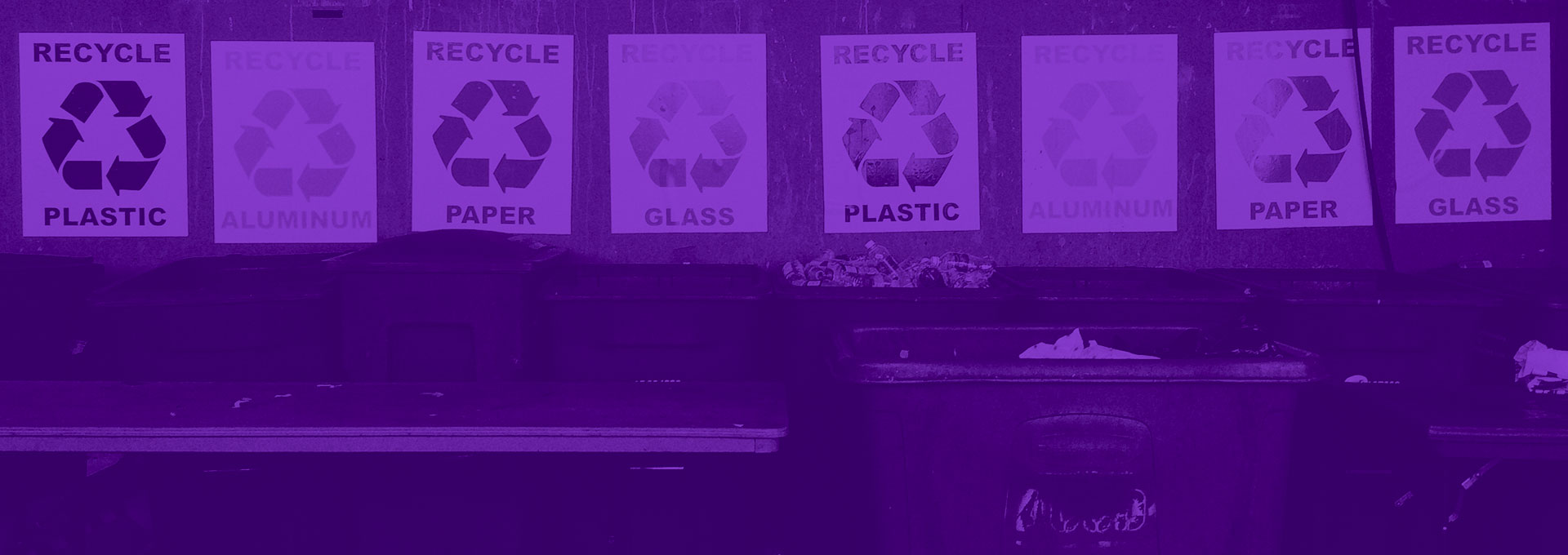While it’s a notable green practice, the truth about recycling is that it’s more than simply tossing items into a bin and going on your merry way. Recycling is often a complex process that varies from region to region and requires participants to be mindful and informed about proper recycling etiquette. Truth be told, the recycling system is often confusing and vulnerable to failure. Here are some Do’s and Don’ts of recycling in the workplace, guidance on how to organize a recycling program, and tips on engaging employees to participate.
Beware of Wish-Cycling
Also known as “aspirational recycling”, wish-cycling is the act of dropping an item into the recycling bin and assuming or hoping that it will be recycled. While these eco-conscious good intentions are admirable, they can actually create big problems for collection centers and hinder or ruin the recycling process.
Materials not explicitly accepted by your local collection center prompt workers to halt operations and hand-remove these items which costs time and money. Even worse, wish-cycled items can get stuck in and damage equipment and endanger workers, and contaminate perfectly good batches of recycled products that then have to be thrown away.
Some common workplace items that don’t belong in the blue bin:
- Disposable cups (Many paper coffee cups have a thin inner film of polyethylene (uh oh! plastic!) that is difficult and expensive to separate from the rest of the cup. Styrofoam cups cannot be recycled either.)
- Single-serve coffee pods (You can buy a reusable K-cup or a tool that separates single-serve pods into their plastic and aluminum parts for proper recycling.)
- Containers with food residue and left over scraps (Oils from food soak into the fiber of paper and cardboard containers rendering them unrecyclable while too many food scraps can contaminate a whole batch of recyclable material.)
- Plastic bags
- Bubble wrap, packing peanuts and other plastic loose fill packaging
- Shredded paper (While paper is recyclable, in shredded form, it slips through sorting machinery and results in a confetti mess.)
- Aluminum foil
- Lightbulbs (These “monstrous hybrids” are made of glass and metal but cannot easily be separated into their individual parts. Certain bulbs also contain toxic elements and need appropriate disposal.)
- Aerosol spray cans (The cans need to be empty with caps removed.)
- Ink cartridges (Many office supply stores offer rewards for turning in ink cartridges.)
- Batteries and E-waste (Due to their toxic and heavy metal components, single-use and rechargeable batteries and electronics need to be sent to a special facility for proper disposal.)
- Chemicals (While the container may be recyclable, the contents inside it cannot be poured down the drain and must go to a special facility.)
Have You Called Your Local Collection Center Lately?
The best way to ensure successful recycling in the workplace and avoid being a culprit of wish-cycling is to educate yourself on what materials are and are not accepted in your local recycling program. Simply give them a call and ask, or search the internet for your city’s recycling guidelines and print and post them in for others to see.
Organizing Recycling In the Workplace
So now that you know what can be recycled, it’s time to figure out how to organize the process in an efficient and effective way. Like with all new projects, establishing a recycling program in the workplace takes time, careful planning, and communication. Here’s a step-by-step guide on how to get started:
- Conduct a waste audit to gain a better understanding of the items being thrown away and note which ones can be recycled.
- Make room in your budget for recycling. Recycling pickup services vary in price depending on your location, frequency of pickup, amount of waste, etc. If money is an issue, partner with neighboring businesses to form a joint recycling program and share the costs.
- By meeting or email, inform all staff of the new recycling guidelines, how the program will work and when it will launch. Be sure to include a clear list of the materials that will be accepted.
- Install separate recycling bins for sorting different materials: plastic, glass, paper/cardboard, metal, chemicals, batteries and e-waste. Some manufacturers even offer customizable recycling bins to suit the look and needs of your work space. Locate bins either in every department or at a central hub to ensure easy access for everyone. And don’t forget to post the list of acceptable items at each bin station!
- Connect with special recycling collectors such as TerraCycle for miscellaneous, hard-to-recycle items such as chip bags, pens and office supplies, coffee pods, cigarettes, among several others. Many of the programs that TerraCycle offers are free!
- Hold occasional training sessions and share educational resources to ensure staff stay informed about proper recycling practices and understand the value of recycling. There are many online resources such as the “What Goes Where” app from RecycleCoach that can help guide your team to be recycling pros!
- Evaluate your program’s success and seek feedback from staff. You can manually track the amount of recycled materials you divert from landfills or there are a handful of online recycling calculators that allow you to measure your cost savings and environmental impact. Track the numbers but don’t forget to consider personal feedback from staff. Is the program overall convenient and easy to follow? Is it hindering productivity or causing confusion in any way? Organize a group discussion, one-on-one’s, or send out an online survey to collect their thoughts.
Encouraging Participation Among Staff
Whether you’re recycling in the office or at home, there are many opportunities for encouraging program participation. Here are some ideas:
- Inspire friendly competition with weekly recycling challenges.
- Using a scale, weigh in each participant’s recycled materials and determine who contributed the most.
- Decorate bins and hold a contest for Best Look.
- Have free throw battles with bottles and cans.
- Reward winners with special perks such as leaving work early or an E-gift card.
- Set monthly goals that are clear, simple, and routinely updated.
- Create monthly sustainability themes for your program and feature a relevant film to watch together or at everyone’s leisure (Example: Save the Oceans theme featuring BBC’s Blue Planet).
The Benefits of Recycling in the Workplace or At Home
Since we were children, most of us have probably been branded by the fact that recycling is good for the planet. However, its benefits extend beyond environmental good-doing and have many rewards for your business. And even if you’re still hunkered down due to COVID-19 shelter-in-place orders, you can reap these same benefits through your at-home recycling habits too.
- Eliminates the need to mine for and process virgin material
- This in turn, conserves natural resources, saves energy and reduces carbon emissions
- Prevents chemicals and toxic elements from entering landfills and potentially the surrounding environment
- Prevents plastics from breaking down into microplastics that can bioaccumulate up the food chain
- Lowers your garbage accumulation thus lowering disposal rates
- Can create jobs in your community as the demand to recycle more materials continues
- Can bring additional revenue through rebate programs or government incentives such as business grants or emissions reduction credits
- Creates a sense of purpose and promotes teamwork in the workplace
- Supports Green Business Certification and other green office and sustainability initiatives
- Builds a positive company and community image
Zero-Waste: It’s Even Better Than Recycling!
Zero-waste is an effort to re-evaluate how we produce and consume products and eliminate all waste in the process. Zero-waste praises reuse and actually treats recycling as a last resort. Since we’re all trying to be good stewards of the Earth, here are some ways to avoid waste in the first place:
- Replace single-use, disposable plastic items with reusable ones.
- Purchase second-hand (The FreeCycle Network is a great resource for finding free items in your local community).
- Invest in durable, long-lasting products.
- Manage your food waste and learn to compost.
- Pack trash-free lunches.
- Purchase a filter to use tap water instead of a water dispenser.
- Learn more zero-waste tips that you can apply at home and in the workplace.




